How to Grow Aromatic Herbs for Homemade Essential Oils
Aromatic herbs are not only beautiful and fragrant, but they also have many health and wellness benefits. Essential oils made from aromatic herbs can be used in a variety of ways, including aromatherapy, homemade beauty products, and natural cleaning solutions. Growing your own aromatic herbs is a great way to ensure that you have a fresh and abundant supply of these powerful plants.
Choosing the Right Herbs
When choosing herbs to grow for essential oils, it is important to consider the climate and growing conditions in your area. Some herbs, such as lavender and rosemary, thrive in dry, sunny climates, while others, such as mint and lemon balm, prefer moist, shaded areas. It is also important to choose herbs that are known for their strong aroma and therapeutic properties.
Preparing Your Garden
Before planting your herbs, prepare your garden by removing any weeds or debris and loosening the soil. Herbs prefer well-draining soil, so consider adding compost or sand to improve drainage if necessary. You may also want to consider planting your herbs in raised beds or containers to ensure optimal growing conditions.
Caring for Your Herbs
Herbs require regular watering and occasional pruning to ensure healthy growth. Be sure to water your herbs deeply and frequently, but avoid getting water on the leaves, as this can lead to fungal growth. Prune your herbs regularly to encourage bushier growth and to prevent them from becoming too woody.
By following these tips, you can grow a variety of aromatic herbs for homemade essential oils that will not only enhance your garden but also provide numerous health and wellness benefits.
Introduction
Aromatic herbs have been used for centuries for their therapeutic properties, and growing your own herbs for homemade essential oils is a great way to take advantage of their benefits. Essential oils are concentrated extracts from the leaves, stems, and flowers of plants that are used for aromatherapy, massage, and other natural remedies. By growing your own herbs, you can ensure that the essential oils you create are free of harmful chemicals and additives.
Growing aromatic herbs is relatively easy, and can be done in a small space such as a windowsill or balcony. Some of the most popular herbs for essential oils include lavender, peppermint, rosemary, and chamomile. Each herb has its own unique properties and benefits, and can be used in different ways to create essential oils.
This article will provide you with a step-by-step guide on how to grow aromatic herbs for homemade essential oils. We will cover everything from choosing the right herbs to planting, harvesting, and extracting essential oils. Whether you are a beginner or an experienced gardener, this guide will help you create your own natural and fragrant essential oils.
Benefits of Growing Aromatic Herbs for Homemade Essential Oils
- Control over the quality of essential oils
- Cost-effective compared to buying essential oils
- Therapeutic benefits of aromatherapy and natural remedies
- Sustainable and eco-friendly
Choosing the Right Herbs for Essential Oils
Not all herbs are suitable for essential oil production, so it’s important to choose the right ones. Some of the most popular herbs for essential oils include:
| Herb | Properties | Uses |
|---|---|---|
| Lavender | Calming, relaxing, anti-inflammatory | Aromatherapy, massage, skincare |
| Peppermint | Refreshing, energizing, anti-inflammatory | Aromatherapy, massage, digestive aid |
| Rosemary | Stimulating, uplifting, anti-inflammatory | Aromatherapy, massage, haircare |
| Chamomile | Calming, soothing, anti-inflammatory | Aromatherapy, massage, skincare |
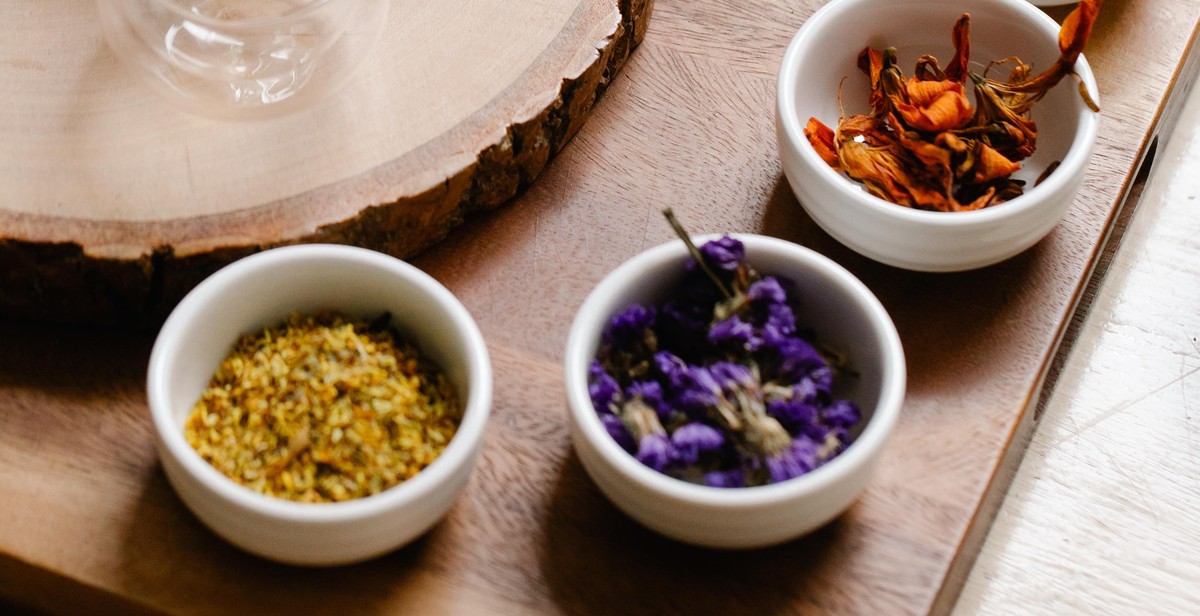
Why Grow Aromatic Herbs?
Growing aromatic herbs is not only a rewarding hobby, but it also has numerous benefits. Aromatic herbs have been used for centuries for their therapeutic properties and pleasant fragrances. They are easy to grow, require minimal care, and can be used in a variety of ways.
Benefits of Aromatic Herbs
Aromatic herbs have many benefits, including:
- Therapeutic Properties: Aromatic herbs are known for their therapeutic properties. They can be used to relieve stress, anxiety, and depression. They can also be used to alleviate pain and reduce inflammation.
- Improved Health: Aromatic herbs are packed with antioxidants, vitamins, and minerals that can improve your overall health. They can boost your immune system, improve digestion, and even lower your risk of chronic diseases.
- Pleasant Fragrance: Aromatic herbs have a pleasant fragrance that can freshen up your home and make it smell great. They can also be used to make homemade perfumes, soaps, and candles.
- Environmentally-Friendly: Growing aromatic herbs is an environmentally-friendly way to add fragrance to your home. Unlike synthetic fragrances, aromatic herbs are natural and non-toxic.
Uses of Essential Oils
Essential oils are concentrated extracts from aromatic herbs. They are used in a variety of ways, including:
- Aromatherapy: Essential oils are commonly used in aromatherapy to promote relaxation, reduce stress, and improve mood.
- Skincare: Essential oils are used in many skincare products because of their moisturizing and anti-inflammatory properties. They can also help to reduce the appearance of fine lines and wrinkles.
- Cleaning: Essential oils can be used to make natural cleaning products that are safe for the environment and your health.
- Cooking: Some essential oils, such as peppermint and lavender, can be used in cooking to add flavor and aroma to your dishes.
Growing aromatic herbs is a great way to enjoy the benefits of essential oils. By growing your own herbs, you can ensure that they are fresh and free from harmful chemicals. Plus, you can experiment with different herbs to create your own unique blends of essential oils.
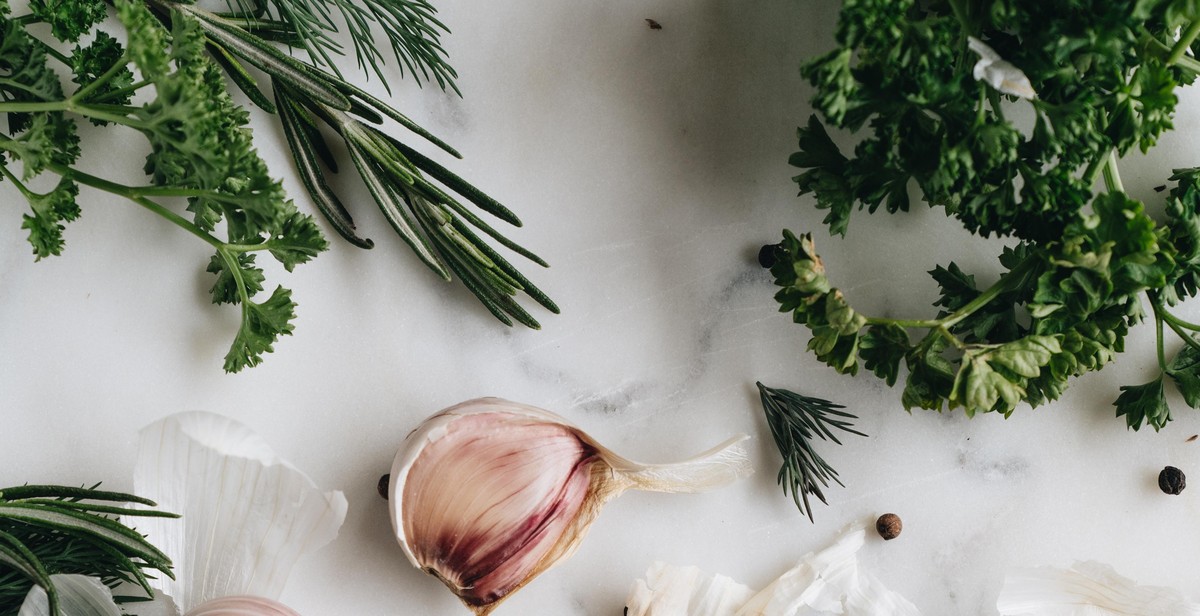
Choosing the Right Aromatic Herbs
When it comes to growing aromatic herbs for homemade essential oils, it is important to choose the right herbs that will provide the desired fragrance and therapeutic benefits. Here are some factors to consider when selecting your herbs:
Factors to Consider
- Climate: Some herbs thrive in warm and sunny climates, while others prefer cooler temperatures. Consider the climate in your area and choose herbs that will grow well in those conditions.
- Soil: Aromatic herbs require well-draining soil with a pH level between 6.0 and 7.0. Before planting, test your soil and amend it if necessary.
- Water: Most herbs prefer moderate watering, but some, like lavender, prefer drier soil. Be sure to research the watering needs of each herb before planting.
- Space: Some herbs, like rosemary and thyme, can grow quite large, while others, like basil and mint, stay relatively small. Consider the space you have available and choose herbs that will fit comfortably.
Some Popular Aromatic Herbs
Here are some of the most popular aromatic herbs for homemade essential oils:
| Herb | Fragrance | Therapeutic Benefits |
|---|---|---|
| Lavender | Floral, calming | Relaxation, stress relief, sleep aid |
| Peppermint | Minty, refreshing | Headache relief, digestion aid, energy boost |
| Rosemary | Woody, herbal | Memory and concentration booster, immune system support |
| Basil | Sweet, spicy | Mood enhancer, anti-inflammatory, digestive aid |
By considering these factors and choosing the right aromatic herbs for your needs, you can grow a beautiful and beneficial herb garden for homemade essential oils.
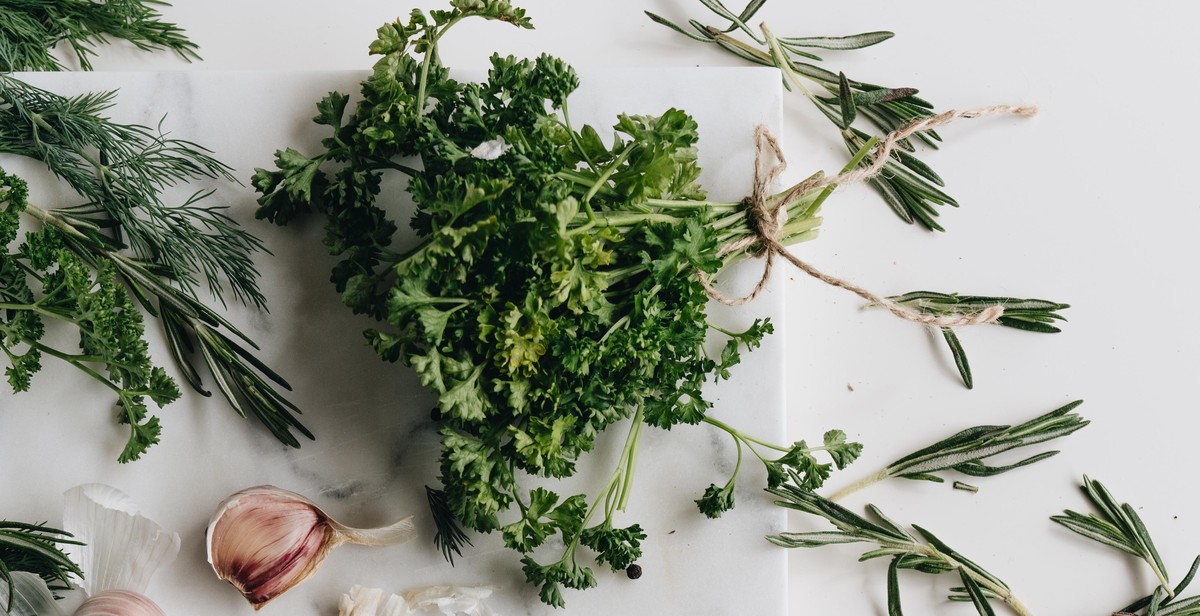
Choosing the Right Aromatic Herbs
Choosing the right aromatic herbs is essential for growing herbs for homemade essential oils. Here are some factors to consider when choosing your herbs:
Climate and Soil Requirements
When choosing which aromatic herbs to grow, it is important to consider the climate and soil requirements of each herb. Some herbs thrive in cooler temperatures, while others prefer warmer climates. For example, lavender and rosemary prefer dry, well-drained soil and full sun, while peppermint and spearmint prefer moist soil and partial shade.
It is important to research the specific climate and soil requirements for each herb before planting to ensure that it will grow and thrive in your specific location.
Herbs for Different Essential Oils
Each aromatic herb has its own unique scent and properties, making them ideal for different types of essential oils. Here are some examples:
| Aromatic Herb | Essential Oil |
|---|---|
| Lavender | Lavender Essential Oil |
| Peppermint | Peppermint Essential Oil |
| Lemon Balm | Lemon Balm Essential Oil |
| Rosemary | Rosemary Essential Oil |
It is important to choose the right herbs for the essential oils you want to make. Research the properties of each herb to determine which ones are best suited for your needs.
- Lavender: Known for its calming and relaxing properties, lavender essential oil is often used for aromatherapy and relaxation.
- Peppermint: Known for its cooling and invigorating properties, peppermint essential oil is often used for headaches and muscle pain.
- Lemon Balm: Known for its calming and uplifting properties, lemon balm essential oil is often used for anxiety and stress.
- Rosemary: Known for its stimulating and energizing properties, rosemary essential oil is often used for focus and concentration.
By choosing the right herbs for your essential oils, you can create a customized blend that meets your specific needs.

Preparing the Soil
The success of your aromatic herbs for homemade essential oils largely depends on the quality of the soil you use. The ideal soil for growing herbs should be well-drained and rich in nutrients. Here are some tips to help you prepare the soil for your herbs:
Soil Type
Herbs generally prefer a slightly acidic to neutral soil with a pH range of 6.0 to 7.0. It is important to know the soil type that exists in your garden before planting your herbs. If your soil is heavy and clay-like, you may need to amend it with organic matter such as compost or well-rotted manure. On the other hand, if your soil is sandy, it may not hold enough moisture and nutrients, so you will need to add organic matter to improve its water-holding capacity.
Soil Preparation
Before planting your herbs, it is important to prepare the soil properly. Start by removing any weeds, rocks, or debris from the planting area. Then, use a garden fork or tiller to loosen the soil to a depth of at least 8 inches. This will help to improve soil aeration and drainage.
Next, add organic matter such as compost or well-rotted manure to the soil. This will help to improve soil fertility and texture. Spread a layer of organic matter over the planting area and work it into the soil using a garden fork or tiller.
Lastly, rake the soil to create a smooth surface and remove any large clumps or rocks. Your soil is now ready for planting your aromatic herbs for homemade essential oils.
| Organic Matter | Benefits |
|---|---|
| Compost | Improves soil structure and fertility |
| Well-rotted Manure | Provides essential nutrients and improves soil aeration |
| Peat Moss | Improves soil moisture-holding capacity and soil structure |
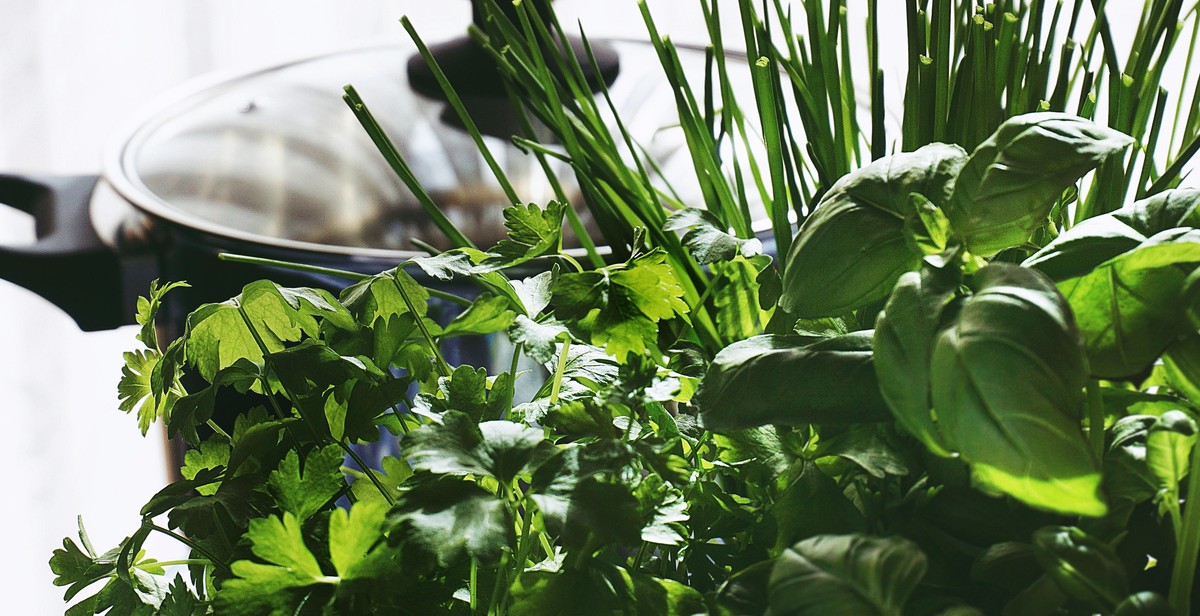
Preparing the Soil and Planting the Herbs
Before planting any herb, it is important to prepare the soil properly. This will ensure that the herbs grow well and produce the best quality essential oils. Here are some tips for soil preparation:
Soil Preparation
- Choose a sunny spot for your herb garden. Most herbs need at least 6 hours of sunlight per day.
- Test the soil pH. Most herbs prefer a slightly acidic soil with a pH of 6.0 to 7.0.
- Improve the soil drainage by adding organic matter such as compost or well-rotted manure.
- Remove any weeds, rocks, or debris from the planting area.
- Loosen the soil to a depth of at least 12 inches to allow the roots to grow deep.
Once you have prepared the soil, it is time to plant the herbs. Here are some planting techniques:
Planting Techniques
- Choose healthy herb seedlings or seeds from a reputable source.
- Plant the seedlings or seeds at the right time of the year. Most herbs are planted in the spring after the last frost.
- Follow the planting instructions for each herb. Some herbs prefer to be planted in groups, while others need to be spaced out.
- Water the herbs immediately after planting and keep the soil moist but not waterlogged.
- Add a layer of mulch around the herbs to help retain moisture and suppress weeds.
- Fertilize the herbs with a balanced fertilizer every 4-6 weeks during the growing season.
By following these soil preparation and planting techniques, you can grow healthy and aromatic herbs for making your own essential oils.
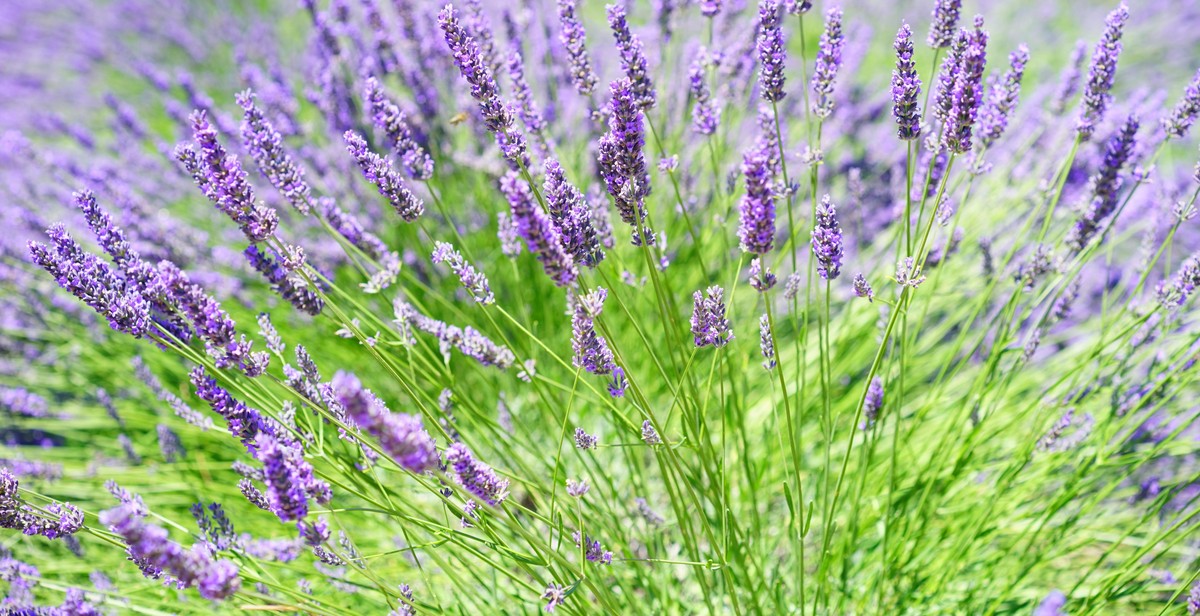
Planting Aromatic Herbs
Seedlings vs. Seeds
When it comes to planting aromatic herbs, you have two options: seedlings or seeds. Seedlings are young plants that have already been started and are typically sold in small containers. Seeds, on the other hand, are the small, dry capsules that contain the embryo of the plant.
If you are new to gardening or want to save time, starting with seedlings may be the best option. Seedlings are already established and will require less attention and care. However, seeds are more cost-effective and can provide a wider variety of herb options.
Planting Tips
Before planting your aromatic herbs, it’s important to choose the right location. Most herbs prefer well-draining soil and full sun, so choose a spot in your garden that receives at least 6 hours of direct sunlight per day.
When planting seedlings, make sure to dig a hole that is slightly larger than the container and gently remove the plant from the container, being careful not to damage the roots. Place the plant in the hole and fill with soil, gently pressing down around the base of the plant.
If planting from seeds, follow the instructions on the seed packet for the best results. Generally, seeds should be planted in shallow rows and covered with a light layer of soil. Keep the soil moist but not waterlogged until the seeds germinate.
- Water your herbs regularly, but be careful not to overwater.
- Consider adding a layer of mulch to help retain moisture and prevent weeds.
- Harvest your herbs regularly to encourage new growth.
| Plant | Spacing | Depth | Days to Germination | Days to Harvest |
|---|---|---|---|---|
| Basil | 12-18 inches | 1/4 inch | 5-10 | 60-90 |
| Thyme | 8-12 inches | 1/4 inch | 7-14 | 90-120 |
| Lavender | 12-24 inches | 1/8 inch | 14-21 | 90-120 |

Caring for Aromatic Herbs
Proper care is essential to ensure that your aromatic herbs grow healthy and produce high-quality essential oils. Here are some tips on how to care for your herbs:
Watering and Fertilizing
Most aromatic herbs prefer well-draining soil and require moderate watering. Allow the soil to dry out slightly before watering again to prevent overwatering and root rot. However, do not let the soil dry out completely.
When it comes to fertilizing, herbs do not require heavy feeding. A light application of organic fertilizer once or twice a month during the growing season is enough to provide the necessary nutrients for healthy growth. Avoid using synthetic fertilizers as they can affect the flavor and fragrance of the herbs.
Pruning
Pruning is essential to promote bushier growth and prevent leggy plants. Pinch off the tips of the stems regularly to encourage branching and increase the number of leaves and flowers. You can also prune the plants back by up to one-third of their height in the early spring to promote vigorous growth.
Harvesting
Harvesting at the right time is crucial to ensure that the herbs produce high-quality essential oils. Most herbs are best harvested in the morning when the oils are at their peak. Cut the stems just above a leaf node, leaving at least two sets of leaves on the plant to promote regrowth.
It is also important to harvest the herbs before they flower as the oils are most concentrated in the leaves before they start to bloom. Hang the harvested herbs in a well-ventilated area away from direct sunlight to dry completely before storing.
By following these simple care tips, you can ensure that your aromatic herbs thrive and produce high-quality essential oils for all your DIY projects.
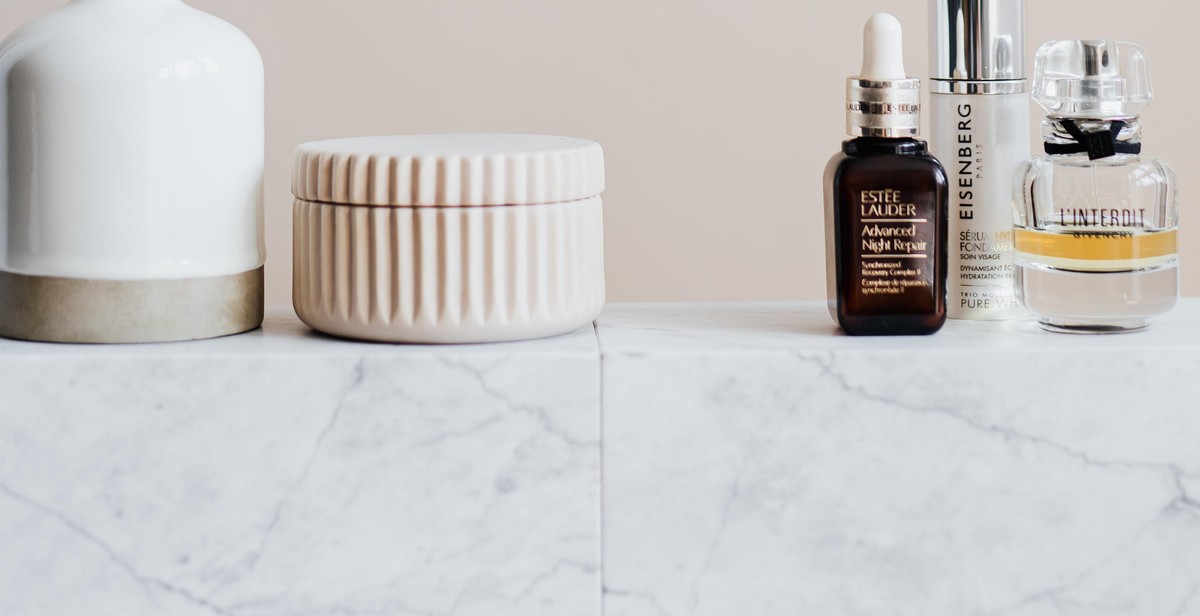
Making Homemade Essential Oils
Distillation is the most common method used for making essential oils at home. There are different types of distillation methods, including steam distillation and water distillation. Steam distillation is the most popular method as it is easy to set up and produces high-quality essential oils.
Steam Distillation
For steam distillation, you will need a still, which can be purchased or made at home. The still consists of a pot, a steam basket, a condenser, and a collection vessel. The pot is filled with water, and the steam basket is filled with the aromatic herbs. The steam produced from the boiling water passes through the herbs and collects the essential oils. The steam is then condensed back into a liquid and collected in the collection vessel.
Water Distillation
Water distillation is another method used for making essential oils. In this process, the herbs are boiled in water, and the steam produced carries the essential oils. The steam is then condensed and collected in a separate container.
Blending Essential Oils
Blending essential oils is an important step in making homemade essential oils. You can mix different oils to create a unique blend with specific therapeutic properties. Before blending, it is important to research the properties of each oil to ensure they complement each other.
Storing Essential Oils
Proper storage is essential for maintaining the quality of homemade essential oils. Essential oils should be stored in dark glass bottles to protect them from light. They should also be kept in a cool, dry place away from heat and humidity.
| Distillation Method | Pros | Cons |
|---|---|---|
| Steam Distillation | Produces high-quality oils, easy to set up | Can be expensive to purchase a still |
| Water Distillation | Simple and inexpensive | May produce lower quality oils |

Caring for Aromatic Herbs
Caring for your aromatic herbs is essential to ensure healthy growth and a bountiful harvest. Here are some tips on how to care for your herbs:
Watering
Aromatic herbs require consistent moisture to thrive, but overwatering can lead to root rot. Water your herbs deeply once or twice a week, depending on the weather and soil conditions. Be sure to water at the base of the plant, avoiding the foliage to prevent fungal diseases. To check if your herbs need watering, stick your finger into the soil. If it feels dry, it’s time to water.
Fertilizing
Aromatic herbs benefit from regular feeding to promote healthy growth and strong flavors. Use a balanced, organic fertilizer every four to six weeks during the growing season. Be careful not to over-fertilize, as this can lead to excessive foliage growth and dilute the essential oils in the leaves.
Mulching
Mulching helps to retain moisture in the soil, suppress weeds, and regulate soil temperature. Apply a layer of organic mulch, such as straw or shredded leaves, around the base of your herbs, taking care not to cover the stems. Avoid using plastic mulch, as it can trap moisture and lead to fungal diseases.
Pruning
Regular pruning helps to keep your herbs bushy and healthy. Pinch back the tips of the stems regularly to encourage branching and prevent the plants from becoming leggy. Harvest your herbs frequently, cutting back up to one-third of the plant at a time. This will promote new growth and keep your herbs producing throughout the season.
| Task | Frequency |
|---|---|
| Watering | Deeply once or twice a week |
| Fertilizing | Every 4-6 weeks during growing season |
| Mulching | Apply a layer around base of plants |
| Pruning | Regularly pinch back tips and harvest frequently |
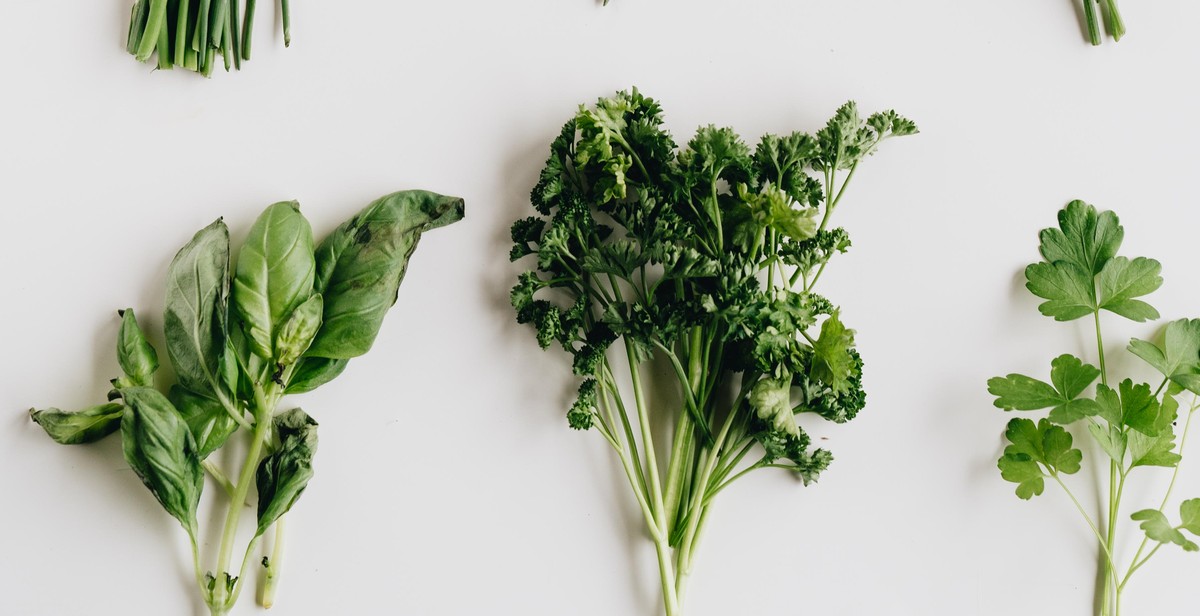
Harvesting and Storing Aromatic Herbs
Harvesting aromatic herbs is a crucial step in the process of making homemade essential oils. Here are some tips to ensure that you harvest your herbs at the right time:
Harvesting Tips
Harvest your herbs in the morning, after the dew has dried but before the sun is too hot. This is when the oils are most concentrated in the leaves and flowers.
Use sharp scissors or pruning shears to cut the stems of the herbs. Cut just above a leaf node to encourage the plant to continue growing.
Harvest only as much as you need at one time. This will ensure that the herbs remain fresh and potent.
Drying Herbs
The next step after harvesting is to dry the herbs. Here are some tips:
- Hang the herbs upside down in a warm, dry place with good air circulation. This will prevent mold and mildew from forming.
- Avoid drying the herbs in direct sunlight as this can cause the oils to evaporate.
- Drying times vary depending on the herb and the humidity in your area. Generally, herbs should be dry within a week or two.
Storing Herbs
Once your herbs are dry, it’s important to store them properly to maintain their potency. Here are some tips:
| Storage Method | Pros | Cons |
|---|---|---|
| Glass Jars | Easy to find and use, keeps herbs fresh for several months | Can break if dropped, can let in light which can degrade the oils |
| Plastic Bags | Easy to store, keeps herbs fresh for several months | Can puncture or tear, can let in light which can degrade the oils |
| Vacuum Sealed Bags | Keeps herbs fresh for up to a year, prevents light from degrading oils | Requires special equipment, can be expensive |
Whichever storage method you choose, make sure to label your herbs with the name and date of harvest. This will help you keep track of their potency and freshness.
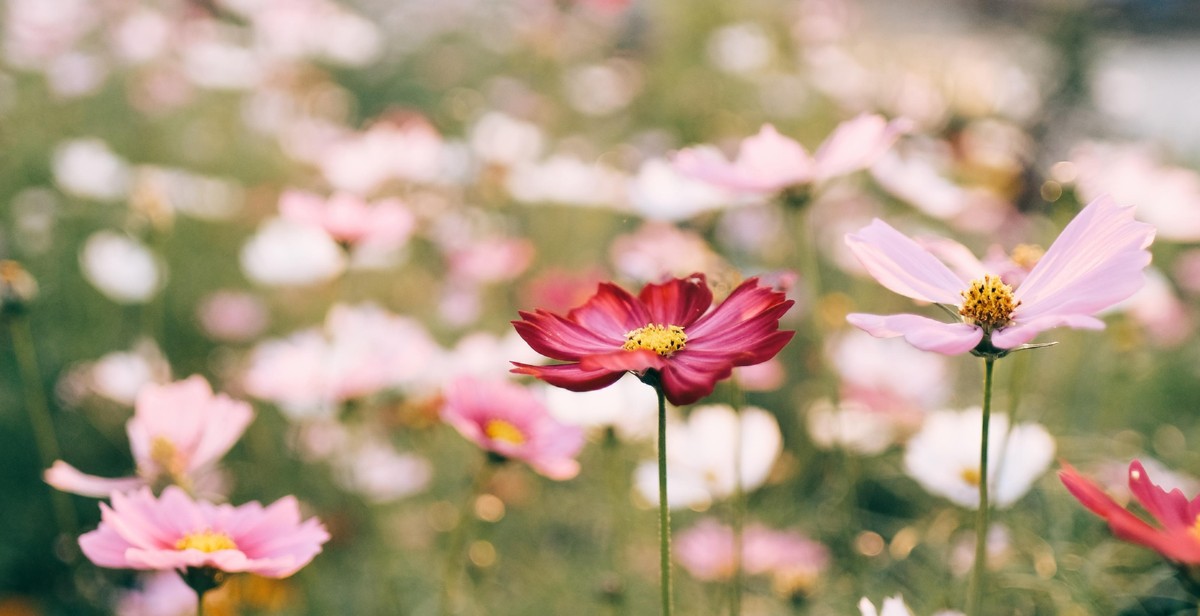
Conclusion
Growing aromatic herbs for homemade essential oils is not only a fun and fulfilling activity, but it can also provide you with a range of benefits. By following the tips and guidelines provided in this article, you can successfully grow your own herbs and create high-quality essential oils that can be used for various purposes.
Remember to choose the right herbs for your needs and to properly care for them throughout their growth cycle. Harvest the herbs at the right time and use the appropriate extraction method to ensure that you get the best possible results. Additionally, be sure to store your essential oils properly to maintain their freshness and potency.
Whether you are looking to create a relaxing atmosphere in your home, relieve stress and anxiety, or simply enjoy the pleasant aroma of your favorite herbs, growing aromatic herbs for homemade essential oils is a great way to achieve your goals. With a little bit of patience, effort, and creativity, you can create your own unique blends and enjoy the many benefits of these natural and versatile products.
| Key Takeaways: |
|
